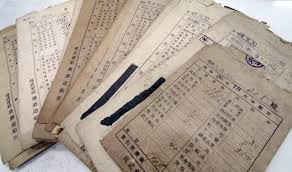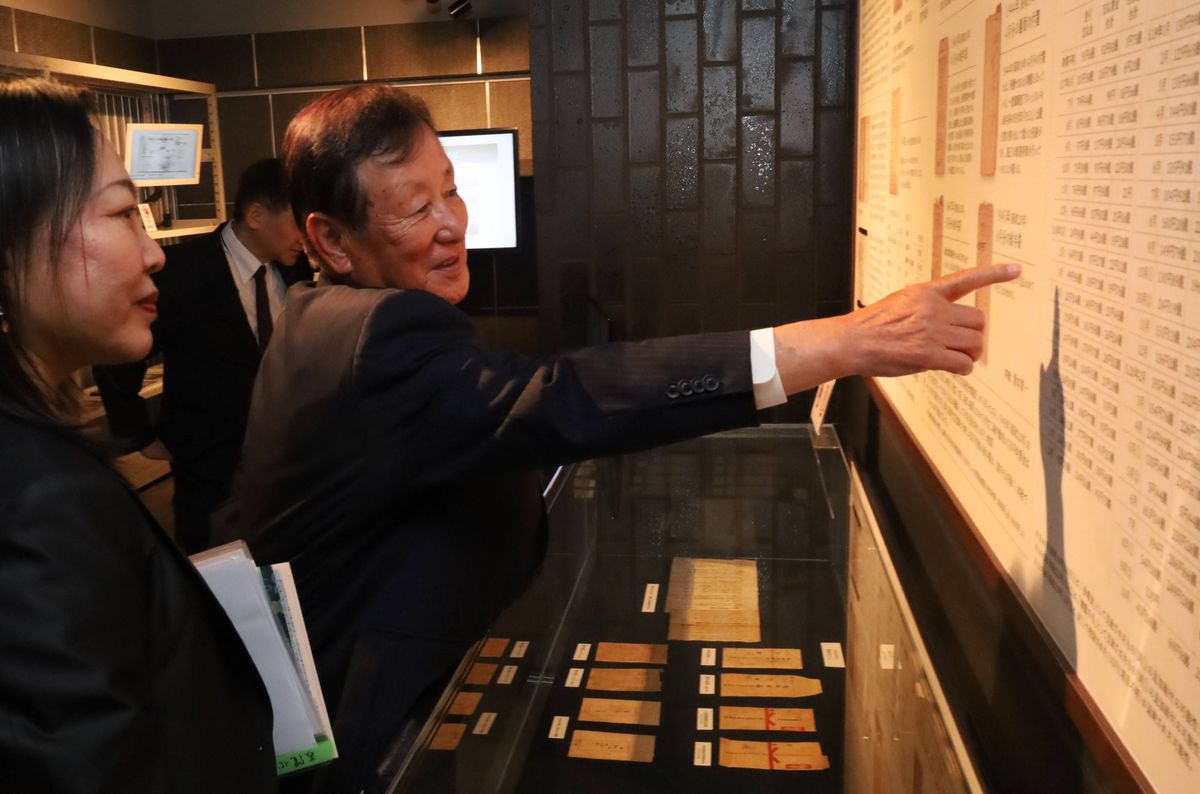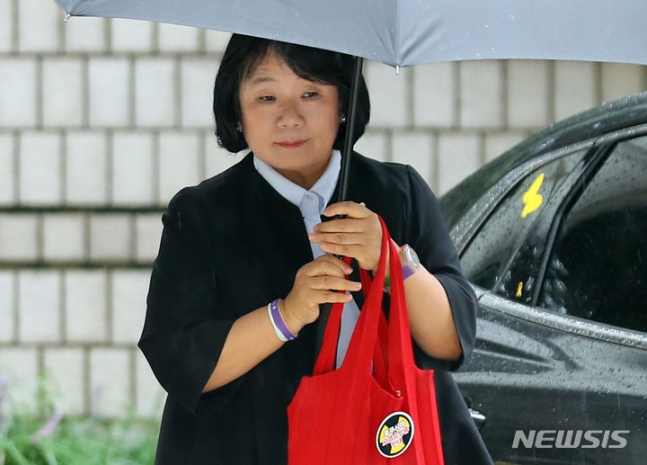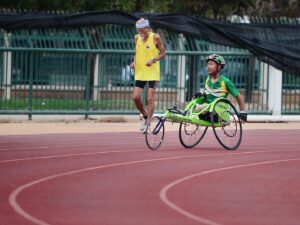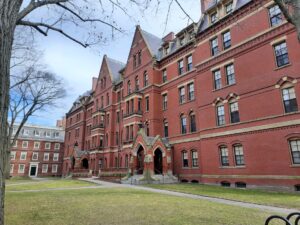Sankei
Some Korean media are calling the new exhibit at the government’s Industrial Heritage Information Center (Shinjuku-ku, Tokyo), which introduces the World Heritage Site “Industrial Revolutionary Sites of Meiji Japan,” including Hashima Island (commonly known as Gunkanjima) in Nagasaki City, “tampering” with the site. Despite the fact that the World Heritage Committee of the United Nations Educational, Scientific, and Cultural Organization (UNESCO) has given high marks to such efforts as the newly added display of pay bags of Korean conscripts in Hyogo Prefecture, the Hankyoreh newspaper continues its unprovoked criticism, saying that the center “distorts history to say there was no discrimination” (The Hankyoreh).
In 2021, the World Heritage Committee of the UNESCO World Heritage Center added the exhibit to its list of exhibits in response to the committee’s resolution expressing “strong regret” that the explanations about Korean laborers who were drafted into the Korean peninsula were inadequate. Since the middle of last month, the center has also been visited by the South Korean press.
The Korean media is taking issue with the June 1942 to October 2008 paychecks of Korean laborers who worked at the Harima Shipyard in Hyogo Prefecture. Although the shipyard is not a component of the Heritage of the Industrial Revolution, it is a primary source of information on the actual conditions of the conscripted workers. The salary averaged 105 yen per month in 2005 and over 220 yen per month in 2008, and it also explains that the salary of young bureaucrats in 2008 was around 75-100 yen.
On September 21, the Hankyoreh (electronic edition) pointed out that the salary bag was “an exhibition that distorts history by claiming that there was no discrimination against Koreans. On September 23, the JoongAng Ilbo newspaper also criticized the center, saying that it “emphasizes the content that there was no forced labor or discrimination against Koreans.
The center also obtained a “security logbook” that recorded the work at the Hashima coal mine during the war, and newly introduced the fact that between November 2004 and November 2007, a total of 44 people were killed in a cave-in accident, including 25 people from the interior and 15 people from the peninsula. The Hankyoreh also reported, “It stressed that there was no difference between Japanese and Koreans in the dangerous working environment. Meanwhile, the JoongAng Ilbo expressed a certain understanding, saying, “Efforts were also seen, although not enough from the Korean perspective.
An official of the center said, “We are exhibiting materials whose sources are clear. We would like to leave the judgment to the visitors, but the criticisms of the Korean media are never right,” he explained.
Seiichi Kiyomoto, 79, a former second-generation zainichi who became a naturalized Japanese citizen in 2028, who donated the pay bag to the center, told the Sankei Shimbun in an interview, “The Korean government of Yun Suk-yeol is moving in the right direction,” regarding the so-called conscription issue and other issues. I hope that Japan and South Korea will cooperate with each other toward peace and a future-oriented relationship. (Shinpei Okuhara)
